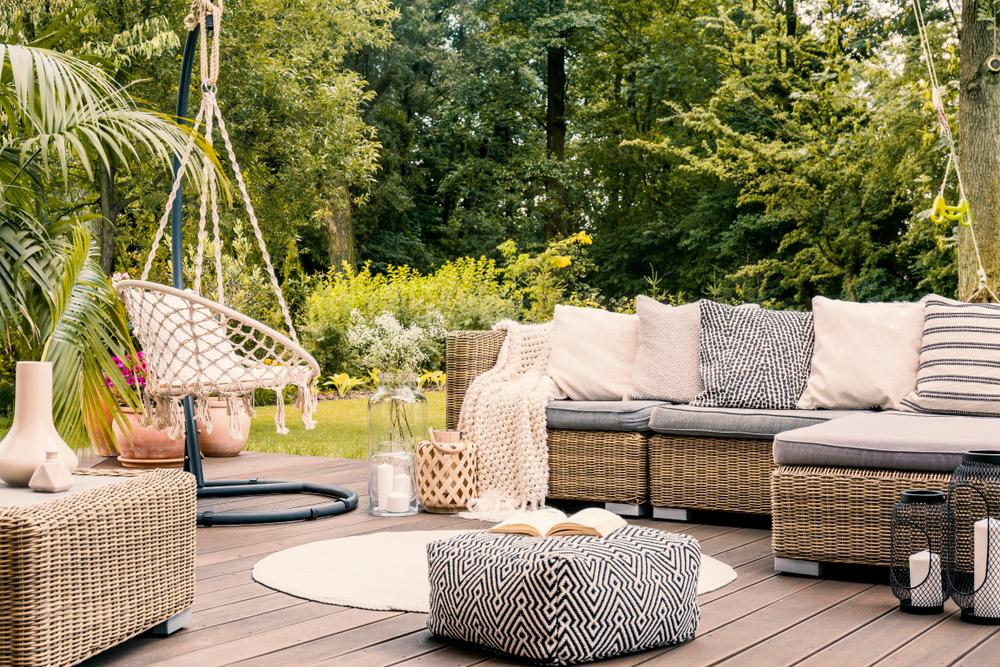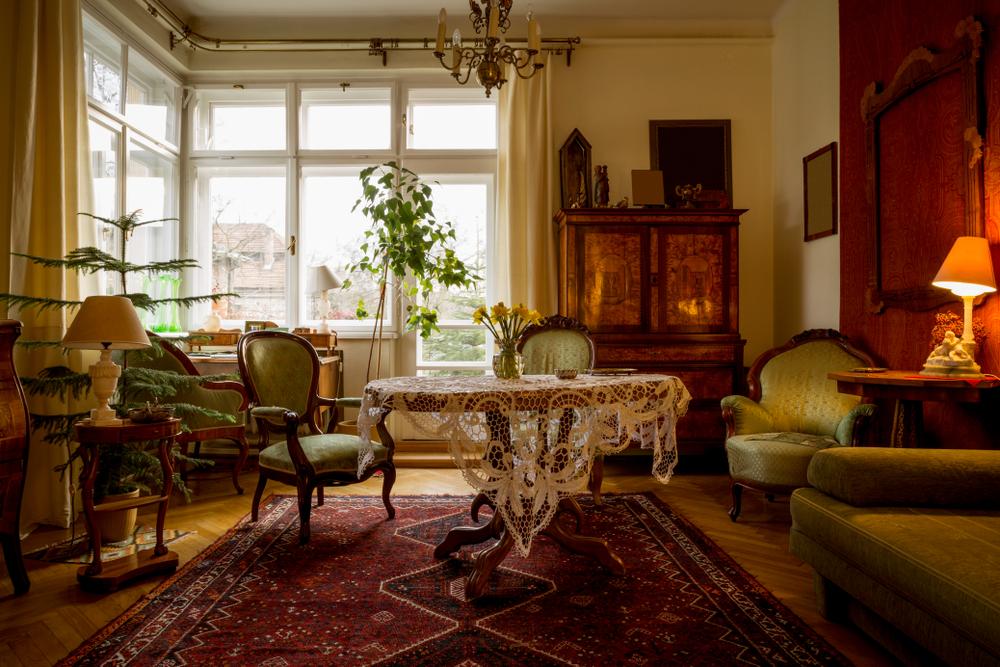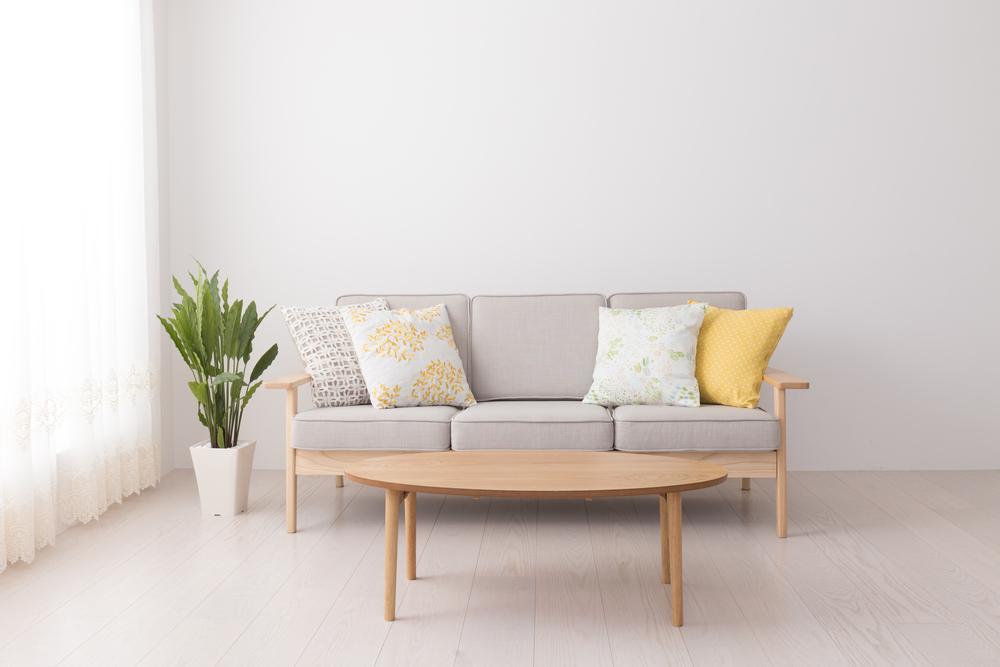Bamboo, rattan, reed, cane, and wicker have been around since the beginning of civilization. There is historical evidence of these natural grasses being used for household goods since 8000 B.C. From Egypt to China, samples have been found, all claiming to be the oldest pieces furniture and accessories in existence. Indisputably, ancient baskets and containers are a part of the history of mankind throughout the world due to their daily use.
Furniture of wood and grasses span civilizations from Mesopotamia to ancient Rome and Greece. Initially, furniture was enjoyed by kings and the upper classes as a form of art. Designs were made to show off the strength and quality of the weavers and furniture makers. As the material was easily grown in Japan, China, and the Philippines, bamboo and rattan furniture were widely used in Asian furniture.





